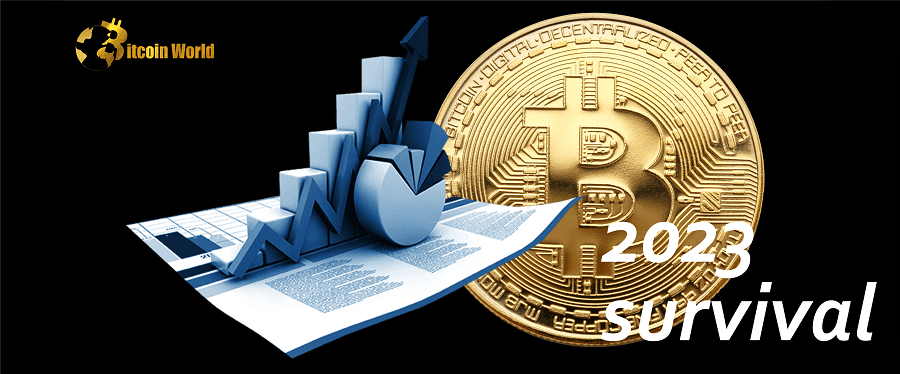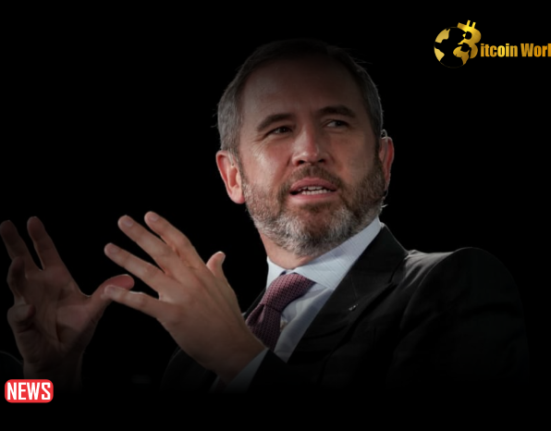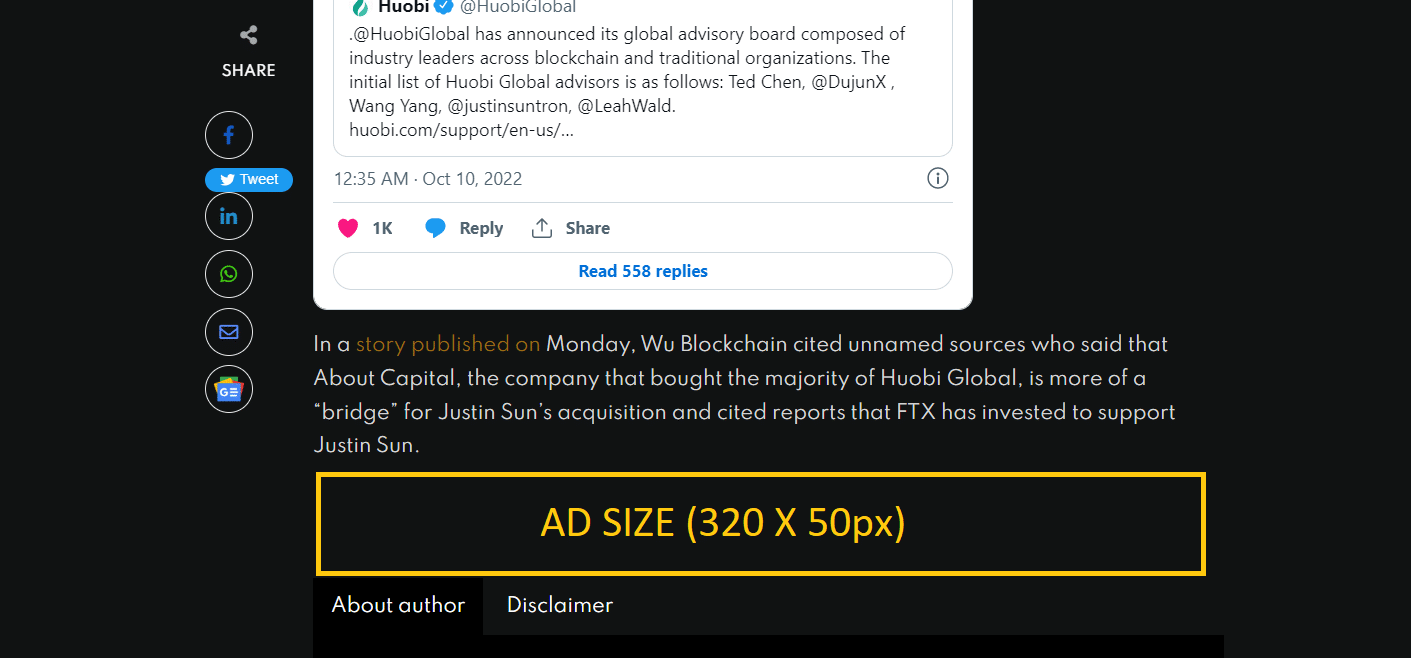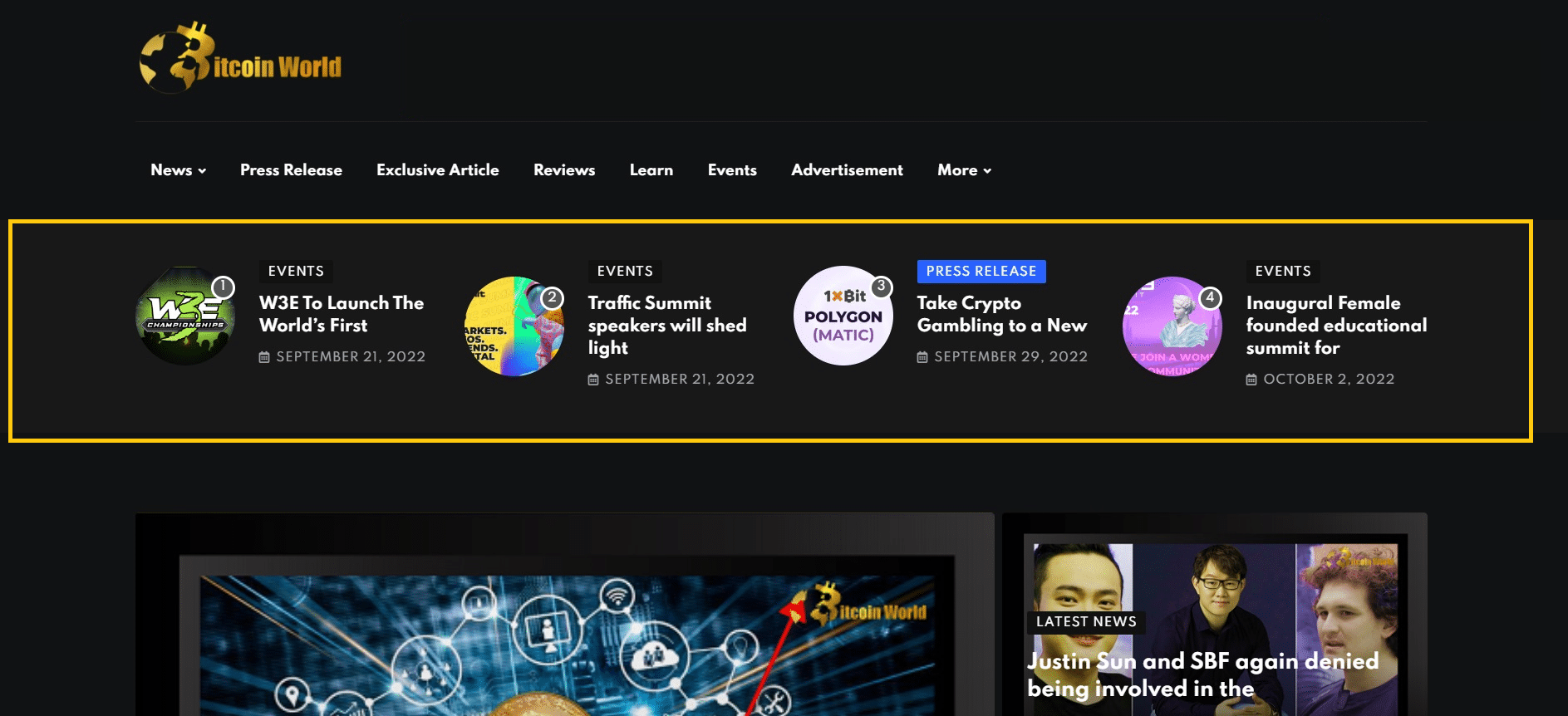Derivatives played a significant role in the previous bull market and are likely to play a role in the market’s evolution in 2023.
Futures and options allow traders to put down a small portion of the trade’s value and bet that prices will rise or fall to a certain level within a specified time frame. It can increase traders’ profits by allowing them to borrow more money to add to their positions, but it can also significantly increase their losses if the market moves against them.
Despite the fact that the market for crypto derivatives is expanding, the instruments and infrastructure supporting it are not as developed as those in traditional financial markets.
Because the infrastructure has been built and improved this year, and an increasing number of institutions are getting involved, next year will be the year that crypto derivatives reach a new level of growth and market maturity.
The volume of crypto derivatives will continue to grow in 2023 due to two factors: first, the expansion of relevant infrastructure such as applications for decentralised finance (DeFi), and second, the entry of more professional and transparent intermediaries. This will eventually lead to more institutions getting involved.
Understanding why traditional financial institutions favour derivatives over traditional spot markets is an excellent way to gain a better understanding of the market.
The ability to leverage capital, the fact that derivatives contracts in the United States are treated as long-term capital gains for tax purposes, and their use in hedging, which is the ability to protect against unexpected price swings, are some of the reasons for the growth.
When more institutions participate, relative volatility falls, making derivatives trading a better use of capital. Furthermore, as more institutions include crypto assets on their balance sheets, derivative instruments will become an important tool for mitigating short-term volatility.
Like 2022, 2023 is expected to be a landmark year for crypto derivatives. There will be an increase in both centralised and decentralised options infrastructure, as well as the continued development of new crypto primitives such as structured vaults, everlasting options, and derivative experiments.
As it tries to gain more users and competes with existing traditional finance companies such as brokerages that already allow people to trade stocks and other financial assets, the cryptocurrency industry is moving deeper into regulated markets.
The majority of derivatives transactions take place on Binance, OKX, and Bybit, which are based outside of the United States and are unregulated. CME Group, according to CoinGlass data, is the only regulated US market that has gained traction.
It accounted for approximately 10.7% of open interest in Bitcoin and Ether futures in November 2022.
It’s becoming more difficult to distinguish between retail and institutional markets. Some of Wall Street’s largest and most experienced firms run the retail-focused businesses that crypto exchanges purchased.
Coinbase purchased FairX, a small futures exchange in Chicago, in January 2021. The deal’s goal was to make it easier for traders to enter the derivatives markets. The Small Exchange, a retail-focused futures exchange startup, has also released a crypto futures product that requires less cash upfront. Citadel Securities, Jump Capital, and Interactive Brokers have all invested in the firm.














